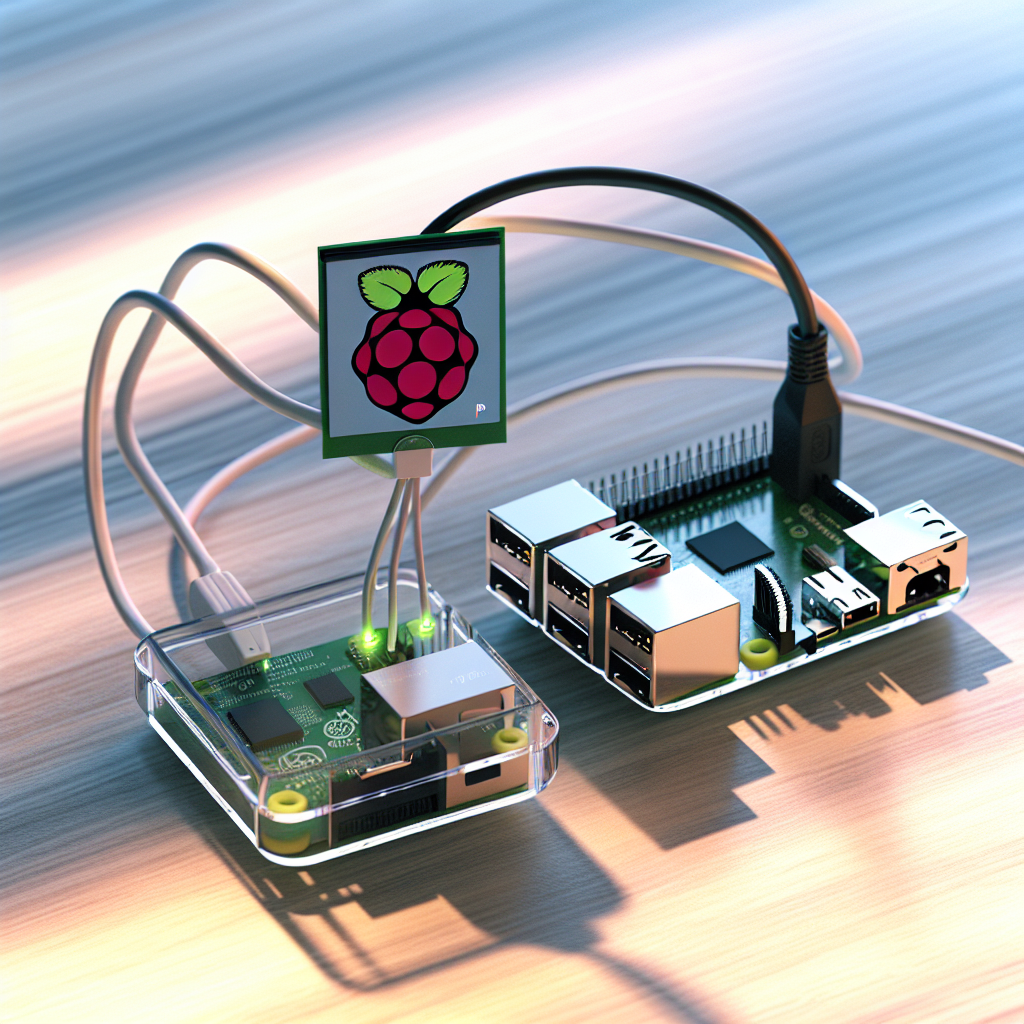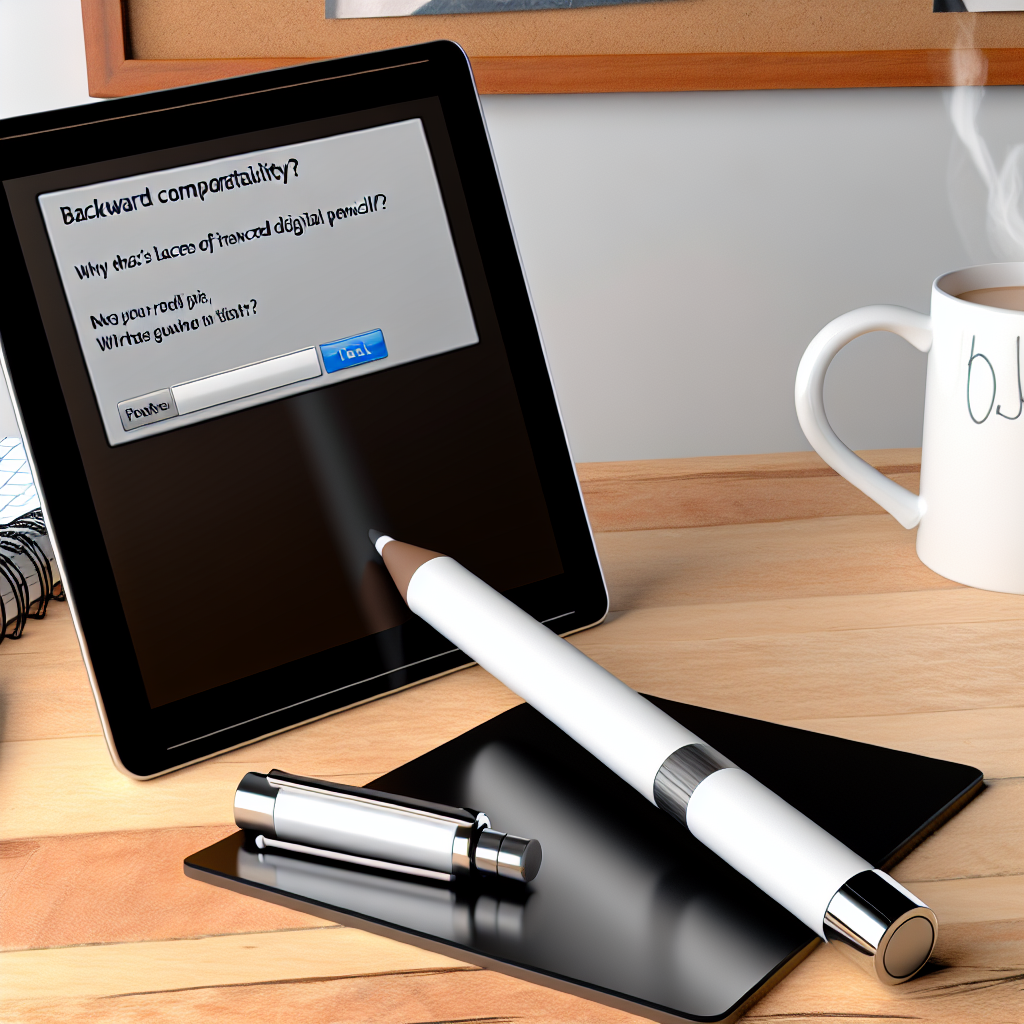How to Set Up and Use Raspberry Pi Connect: A Step-by-Step Guide
Raspberry Pis have become increasingly popular among tech enthusiasts and hobbyists due to their versatility and affordability. These small, single-board computers can be used for a wide range of projects, from home automation to media centers. However, one common challenge that Raspberry Pi users face is the need for remote access. This is where Raspberry Pi Connect comes in.
Raspberry Pi Connect is a built-in remote access tool that allows users to control their Raspberry Pi from anywhere in the world. Whether you want to monitor your home security system or manage your media center, Raspberry Pi Connect makes it easy to do so without being physically present.
Setting up Raspberry Pi Connect is a straightforward process that can be done in a few simple steps. First, you will need to ensure that your Raspberry Pi is connected to the internet. This can be done either through an Ethernet cable or a Wi-Fi connection. Once your Raspberry Pi is connected, you will need to enable SSH (Secure Shell) access. SSH is a network protocol that allows secure remote access to your Raspberry Pi.
To enable SSH access, you will need to open the Raspberry Pi Configuration tool. This can be done by clicking on the Raspberry Pi icon in the top-left corner of the screen, selecting “Preferences,” and then choosing “Raspberry Pi Configuration.” In the configuration tool, navigate to the “Interfaces” tab and enable SSH. Once SSH is enabled, you will be able to access your Raspberry Pi remotely.
Now that SSH access is enabled, you will need to find the IP address of your Raspberry Pi. This can be done by opening a terminal window and typing “ifconfig.” Look for the line that starts with “inet” and note down the IP address. This IP address will be used to connect to your Raspberry Pi remotely.
With the IP address in hand, you can now connect to your Raspberry Pi using a remote access tool. There are several options available, but one popular choice is PuTTY. PuTTY is a free and open-source SSH and telnet client that allows you to connect to your Raspberry Pi from a Windows computer.
To connect to your Raspberry Pi using PuTTY, open the PuTTY application and enter the IP address of your Raspberry Pi in the “Host Name” field. Make sure that the “SSH” option is selected and click “Open.” You will be prompted to enter your username and password for your Raspberry Pi. Once you have entered the correct credentials, you will be connected to your Raspberry Pi remotely.
Once connected, you will have full control over your Raspberry Pi. You can run commands, transfer files, and even access the graphical user interface (GUI) of your Raspberry Pi using a remote desktop tool like VNC (Virtual Network Computing).
In conclusion, Raspberry Pi Connect is a valuable tool for Raspberry Pi users who need remote access to their devices. By following a few simple steps, you can set up and use Raspberry Pi Connect to control your Raspberry Pi from anywhere in the world. Whether you are a hobbyist or a professional, Raspberry Pi Connect is a convenient and powerful solution for remote access.
Exploring the Benefits of Raspberry Pi Connect: Enhancing Remote Access to Your Projects

Raspberry Pis have long been a favorite among hobbyists and tech enthusiasts for their versatility and affordability. These small, single-board computers can be used for a wide range of projects, from home automation to media centers. One of the key advantages of Raspberry Pis is their ability to be accessed remotely, allowing users to control and monitor their projects from anywhere in the world. Now, with the introduction of Raspberry Pi Connect, remote access has become even easier and more convenient.
Raspberry Pi Connect is a built-in remote access tool that comes pre-installed on the latest Raspberry Pi models. This tool allows users to connect to their Raspberry Pi devices from any computer or mobile device with an internet connection. With just a few simple steps, users can set up a secure connection and gain full control over their Raspberry Pi projects.
One of the main benefits of Raspberry Pi Connect is its ease of use. Setting up remote access with other tools often requires a fair amount of technical knowledge and configuration. However, Raspberry Pi Connect simplifies the process, making it accessible to users of all skill levels. The tool provides a user-friendly interface that guides users through the setup process, ensuring that they can get up and running quickly and easily.
Another advantage of Raspberry Pi Connect is its security features. Remote access tools can sometimes be vulnerable to hacking and unauthorized access. However, Raspberry Pi Connect uses industry-standard encryption protocols to ensure that all connections are secure. This means that users can have peace of mind knowing that their projects and data are protected.
In addition to its ease of use and security features, Raspberry Pi Connect also offers a range of useful functionalities. Users can not only control their Raspberry Pi devices remotely but also transfer files, access the command line interface, and even stream video and audio. This makes Raspberry Pi Connect a powerful tool for a wide range of applications, from monitoring security cameras to controlling robots.
Furthermore, Raspberry Pi Connect is compatible with a variety of operating systems, including Windows, macOS, and Linux. This means that users can access their Raspberry Pi projects from their preferred devices, regardless of the operating system they are using. The tool also supports mobile devices, allowing users to control their projects on the go.
Overall, Raspberry Pi Connect is a game-changer for remote access to Raspberry Pi projects. Its ease of use, security features, and range of functionalities make it an invaluable tool for hobbyists, educators, and professionals alike. Whether you’re a beginner looking to dip your toes into the world of Raspberry Pi or an experienced user wanting to enhance your remote access capabilities, Raspberry Pi Connect is definitely worth exploring.
In conclusion, Raspberry Pi Connect is a built-in remote access tool that enhances the remote access capabilities of Raspberry Pi devices. With its user-friendly interface, robust security features, and wide range of functionalities, Raspberry Pi Connect makes it easier than ever to control and monitor your Raspberry Pi projects from anywhere in the world. Whether you’re a hobbyist, educator, or professional, Raspberry Pi Connect is a valuable tool that can take your projects to the next level.
Unlocking the Potential of Raspberry Pi Connect: Creative Applications and Projects
Raspberry Pis get a built-in remote access tool: Raspberry Pi Connect
Raspberry Pi, the popular single-board computer, has just received a major upgrade with the introduction of Raspberry Pi Connect, a built-in remote access tool. This new feature unlocks the potential of Raspberry Pi by allowing users to access and control their devices remotely, opening up a world of creative applications and projects.
With Raspberry Pi Connect, users can now connect to their Raspberry Pi devices from anywhere in the world, as long as they have an internet connection. This means that you no longer need to be physically present to interact with your Raspberry Pi, making it easier than ever to monitor and control your projects.
One of the most exciting aspects of Raspberry Pi Connect is its potential for creative applications. Artists and designers can now use their Raspberry Pi devices to create interactive installations that can be controlled remotely. Imagine a gallery exhibition where visitors can interact with the artwork using their smartphones, or a live performance where the lighting and sound effects are controlled from a remote location. The possibilities are endless.
For educators, Raspberry Pi Connect opens up new opportunities for remote learning. Teachers can now easily demonstrate coding concepts and projects to their students, even if they are not physically present in the classroom. This allows for more flexibility in teaching and learning, as students can access and interact with their Raspberry Pi devices from home or any other location.
Raspberry Pi Connect also has practical applications for home automation. With this new tool, you can control your smart home devices, such as lights, thermostats, and security systems, from anywhere in the world. Forgot to turn off the lights before leaving for vacation? No problem. Simply connect to your Raspberry Pi and take care of it remotely.
In addition to its creative and practical applications, Raspberry Pi Connect also has benefits for developers and makers. With remote access, developers can easily test and debug their projects without the need for physical access to the Raspberry Pi device. This saves time and effort, allowing for faster development and iteration.
Furthermore, Raspberry Pi Connect provides a secure and encrypted connection, ensuring that your data and projects are protected. This is especially important when working on sensitive projects or when accessing your Raspberry Pi devices from public networks.
To get started with Raspberry Pi Connect, all you need is a Raspberry Pi device and an internet connection. The tool is easy to set up and use, with a user-friendly interface that allows for seamless remote access and control.
In conclusion, Raspberry Pi Connect is a game-changer for Raspberry Pi users. With its built-in remote access tool, users can now unlock the full potential of their devices, enabling a wide range of creative applications and projects. Whether you are an artist, educator, developer, or simply a Raspberry Pi enthusiast, Raspberry Pi Connect opens up a world of possibilities. So, grab your Raspberry Pi and start exploring the endless opportunities that Raspberry Pi Connect has to offer.


